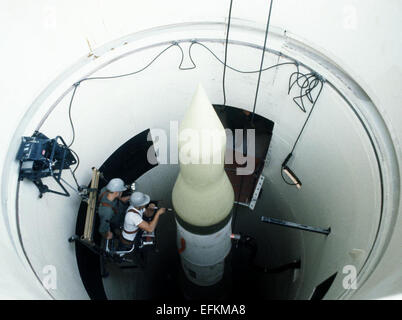
When this kind of revolution is unable to maintain freedom, it cannot work. The Revolution was a unique experience, but it showed its limits. Closed, totalitarian regimes that are hostile to freedom never end well. But much legitimate criticism has been uttered as to the new regime’s lack of information on Sankara’s death (140).Ĭompaoré admitted that, “In practice, the treatment of Sankara’s death file and the investigation were well below the standard a liberal democracy should adhere to.” Later, when questioned about the Octoevents, Compaoré put it as follows: “ What happened to us was no different than what happened elsewhere in the world. No matter which version one prefers to believe, the bare facts are that a revolution came to an end that went pretty much out of control on human rights issues, while making true the old saying that “Revolution devours its own”. This blame game is still going on today and fueling the myth of two young, brilliant and handsome revolutionaries, Blaise and Thomas, and the tragic end of their friendship. The lethal collision between two Marxist-inspired military camps started a never-ending blame game, each side accusing the other one of having planned an assassination plot (139). You are but in the midst of acting out a Greek tragedy (138)” Marco Pannella It is inscribed in the course of your joint action. Simple minds will hail the dead and vilify the living.… But the truth will lie elsewhere. Should you refuse to draft and adopt a constitution, and to get elected, your own are bound to kill one another.

I don’t know Blaise Compaoré and the other leaders. The speech given by Italian parliamentarian Marco Pannella in 1984 during his meeting with President Thomas Sankara gives an idea as to how the CNR came to an end: “Mister President, please hear me out. He sought to give his country dignity” The Economist (137) “Burkina Faso’s revolutionary leader was killed on October 15, 1987, perhaps after he had told soldiers loyal to him to eliminate his supposed ally. Accusations that other countries were behind a planned coup remain controversial (136). The exact circumstances that led to the killing of President Sankara and twelve of his men on Octoare still subject to various interpretations (135). It needed to be either completely reworked or dropped as a failure. On October 4, during its council meeting the CNR members requested Sankara to reorient his policies, thus rectifying the Revolution. But revolutionary morale was at its lowest only 4 CDRs adhered. On October 2, 1987, Sankara addressed the 45 CDRs in a speech, asking the committees to reconfirm their support to his policies. Bitter controversies widened the divide between the two men, so much so that even the people in the streets of Ouagadougou started talking about the two sides coming at dangerous odds. The climate of surveillance and distrust among the CNR council members deepened in the period to follow.

PHE said that this was not anatomically possible: “There is no point in the respiratory tract or nasal cavity where the brain is accessible. However, a spokesperson for Public Health England told Reuters the claim that COVID-19 tests need to collect samples from the blood-brain barrier is not true. It is correct that if the blood-brain barrier is broken, the brain may be exposed to toxins, which may be an important factor in long-term brain changes ( here ). The blood-brain barrier does filter out drugs and other substances in the blood so they cannot reach the brain.


The image is accompanied by text in many Facebook posts: “If, in some way, your Blood-Brain Barrier is compromised, it becomes a ‘Leaky Blood-Brain Barrier’ which is an inflamed brain! It then allows bacteria & other toxins to enter your brain & infect the brain tissue which can lead to inflammation and sometimes death.”


 0 kommentar(er)
0 kommentar(er)
